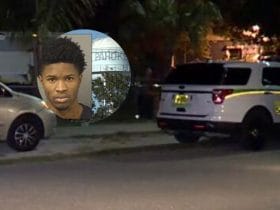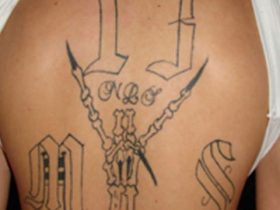On Thursday, Governor Kathy Hochul declared that congestion pricing would start in New York City next year.
The governor discussed how to finance the MTA with a reduced fee congestion toll after putting the scheme on “pause” in June, just weeks before it was set to go into effect. It used to cost $15 to enter the most crowded part of Manhattan, but now it will only cost $9.
“We’re still getting the $15 billion to fund the MTA and drivers are paying $6 less. This lower toll will still allow us to accomplish all — and I mean all — of the goals of congestion pricing: new modern signals, the long-awaited Second Avenue subway, new electric busses, elevators, and this will generate major investments for our suburban commuters as well,” Hochul stated.
According to Hochul, lower-income communities will gain from cleaner air in addition to better public transportation. According to her, she gave the MTA instructions to significantly improve at least 23 bus routes in the outer boroughs.
The revised pricing was announced after proponents of the idea said they would be open to negotiating the toll’s price as long as it ensured the scheme would move forward.
According to Hochul, congestion pricing will go into effect on January 5, 2025. Prior to the final government sign-off, the bill is anticipated to be approved by the MTA Board next week.
In the meantime, not everyone supports the congestion charging scheme. Governor Phil Murphy of New Jersey has long been an outspoken critic of the idea, claiming that the state was not “meaningfully” consulted on it. Murphy claims that the plan will affect New Jerseyans who commute to New York.
Murphy stated in a post on X that his “administration will continue the fight to block this plan in court.”
I am firmly opposed to any attempt to force through a congestion pricing proposal in the final months of the Biden Administration.
My administration will continue the fight to block this plan in court. pic.twitter.com/WCFXtZkV7w
— Governor Phil Murphy (@GovMurphy) November 14, 2024
What is the process of congestion pricing?
Any car entering what is known as the Central Business District (CBD), which extends from Manhattan’s 60th Street and lower to the southernmost point of the Financial District, would be impacted by congestion pricing.
In other words, the board’s assessment states that the majority of traffic entering midtown Manhattan or lower will be required to pay the toll.
The toll would be paid by all drivers of cars, trucks, motorbikes, and other vehicles. There will be varying fees for different automobiles.
Read Also: Why Walmart Customers in this Country are Spending More Than $8 Every Time
Every weekday from 5 a.m. to 9 p.m. and on weekends from 9 a.m. to 9 p.m., the full daytime tariffs would be in force. Hochul stated that toll charges will be only $2.25 during off-peak hours, which are from 9 p.m. to 5 a.m. on weekdays and from 9 p.m. to 9 a.m. on weekends.
Drivers would not be taxed to leave or remain in the zone; they would only be charged to enter it. This implies that locals won’t be billed if they enter the central business district and drive around their block in search of parking.
Anyone who enters the area, leaves, and then returns will only be charged the toll once for that day because there will only be one toll collected per day.
According to the review board, a 17% decrease in the number of vehicles entering the area is anticipated when their congestion pricing scheme is implemented. That means there would be 153,000 fewer cars in that big area of Manhattan. Additionally, they estimated that the idea would bring in $15 billion, which could be utilized to update buses and subways.
The 110 toll readers owned by the MTA are all set up and operational.








Leave a Reply